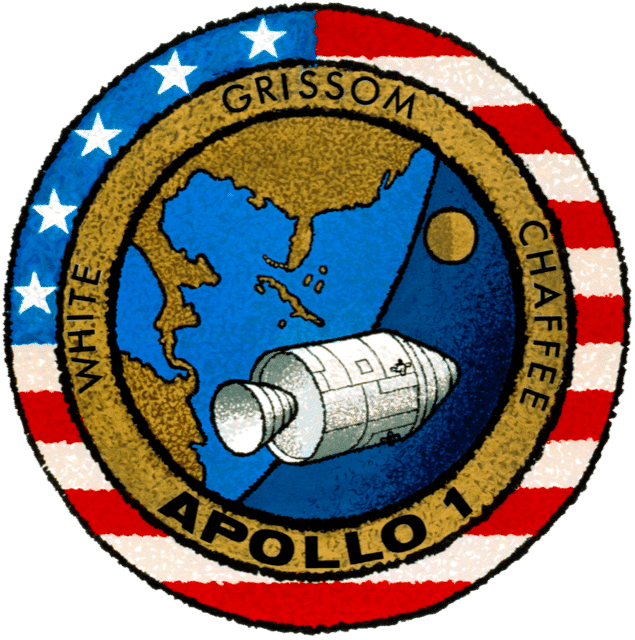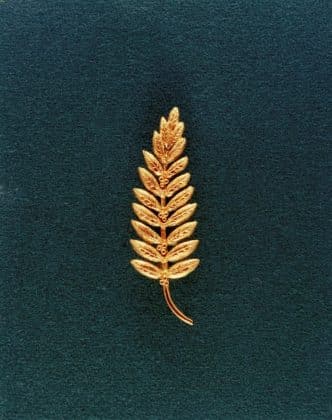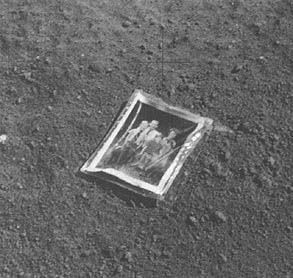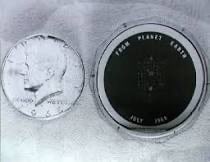August 11 we have a Sturgeon Full Moon. The name was given out long ago because of the high number of sturgeons in the Great Lakes. Sturgeons are a strange looking fish—one with an armored head, bony plates down the body and a shark-like tail. Native Americans saw sturgeons and knew that fall was just around the corner. This month’s moon will appear full from August 9-13. It will be our last supermoon full moon of the year and our fourth in a row. It’s bigger and brighter than normal. We won’t see one like that again until next August 2023!
Supermoon is not just a term for full moons. It is also used for new moons. The moon must be within 10% of perigee, or closest orbit to earth to be considered super. For example, we have a supermoon new moon on December 23, just before Christmas. But we won’t see it. Why is that? A new moon has its dark side turned toward earth. We can’t see the moon at all then, often for several nights. We won’t see it again it until some sunlight hits the moon’s surface, enough to reveal a tiny sliver reflecting back to earth. Our next new moon is August 27. A few days later, around August 29 or 30th we’ll see a thin crescent moon at sunset.
Each month the planets are interesting. For some you don’t need a telescope or binoculars. You just need to look in the right place at the right time. In August the planet Jupiter rises between 11:30 pm and midnight and is noticeably bright. It is easy to track as it climbs in the east and moves across the night sky. It spends about 12 hours in orbit, rising and setting, and is like a star but much brighter.
Another planet, Venus, is called our morning or evening star, although it’s not really a star at all. We call it that because it shines star-like. It’s the last twinkle in the sky before sunrise or the one we see first after sunset. When and where we see it depends on the time of year. As the second planet from the sun Venus always glows brightly. You can’t miss it. In August it will be in the east, appearing first an hour or two before sunrise and then fading from view in the bright sunshine.
Also by the time we see the Sturgeon Full Moon the “Dog Days” of summer will be over. At least that’s what the calendar says! They are from July 3 to August 11. They are the name given to a series of hot sultry days. You might have heard that it’s so hot even the dogs can’t find a place to lie down or that they have gone mad in the heat. The phrase “Dog Days” though actually got its name in Roman times. It is a reference to Sirius, the Dog Star. This star is part of the constellation Canis Major ( known as The Greater Dog Constellation).
In the summer Sirius rises and sets with the sun. Last month Sirius and the sun were in conjunction, or alignment. They were as close as they would ever get to each other for the year. Sirius is the brightest star in our night sky, but nowhere near as bright as when we see some of the planets like Venus or Jupiter. But it is still very noticable. Ancient star gazers saw Sirius’ brightness in summer and thought that it gave the sun additional heat. It accounted for those hot oppressive days in late July and early August. So, we have gotten the term “Dog Days” from the Dog Star.
What Men Have Left On The Moon
Six Apollo Missions have landed Americans on the moon between 1969 and 1972. They each left their mark and they also left a bit of history behind. So, I began to wonder what has been left on the lunar surface?
There have been at least 106 objects left on the moon just from the first mission alone. They’ve been listed and cataloged. Many are pieces of equipment and tools, left behind to lighten the load. The crew was told to jettison unnecessary items. They created an archeological “toss zone”. What was no longer needed for the return trip could be discarded. Getting rid of excess cargo meant more room for samples, such as moon rocks, going back to Earth.
We all remember seeing the American flag on the moon. Each mission carried one and left it behind. The symbol of our country was supported on a special pole to always remain unfurled. It had to be left that way because there is no wind on the moon. There is no atmosphere to speak of. There would be no breeze to make it wave as it does on Earth.
Apollo 11 had the distinction of being the first manned lunar landing in July 1969. As such it was carrying items that were deeply meaningful and meant to be left behind. The crew of Apollo 11 wanted to acknowledge those who sacrificed for the “space race”. They brought along a mission patch from Apollo 1, That crew was supposed to be on the moon first. Sadly, the three Apollo 1 astronauts, Grissom, White, and Chaffee, perished in a capsule fire at Cape Kennedy. They were doing a launch rehearsal on January 27, 1967, less than a month from their scheduled liftoff. Things went terribly wrong and they couldn’t get out of the capsule in time. It was a serious setback. It would be 18 more months before the United States tried again.
Apollo 11 also placed a symbol of peace on the lunar surface. They left a gold pin shaped like an olive branch. They also left two medallions behind to acknowledge their Soviet space comrades. One medal honored Yuri Gagarin, the first man to orbit the earth. He was killed in an aircraft accident in 1968 Another medal was for the memory of astronaut Vladimir Komarov. He was known as the “man who fell from space”. Komarov died in 1967 when his capsule, Soyuz 1, crashed and burned while returning to earth.
Another item Apollo 11 left on the lunar surface was a small silicon disc containing messages from 73 world leaders. The disc was about the size of a Kennedy half dollar and kept inside an aluminum capsule. It was small and nearly forgotten about in all the busyness of the trip. At the last minute it was dropped in the Sea of Tranquility. On it were uplifting messages from around the world, including words from four of the US presidents—Eisenhower, Kennedy, Johnson, and Nixon. One message from Pierre Trudeau of Canada said “Man has reached out and touched the tranquil moon. May that high accomplishment allow man to rediscover the Earth and find peace.”
How about something left just for fun? Apollo 14 left behind two golf balls. In 1971 we saw Alan Shepard’s version of golf on the moon. Through some fuzzy black and white images we made out Shepard hitting a few golf balls with his improvised club. You can watch it again on U tube. It’s amazing to observe a bit of history any time we want simply by turning to our phone or computer!
In August of 1971 David Scott left his object of remembrance on the moon. Before Apollo 15 returned to Earth, Scott left a paper copy of a Bible on the dashboard of their Lunar Roving Vehicle. Many Roving Vehicles, Orbiters, and other discarded rockets were left behind on the moon after serving their purpose.
In 1972, Apollo 16 astronaut Charlie Duke left behind a signed photograph of his family. It was a simple gesture –just a family picture taken of himself, his wife, and their two young sons. Over time, in the moon’s lack of atmosphere, this image has certainly faded away. But the sentiment remains. Perhaps this was Duke’s way of sharing the wonderful moon experience with his family and making them a part of it!
There might not have been as many successful moon landings without Gene Shoemaker, a US geologist. He spent his life studying terrestrial craters, discovering comets, training astronauts, and reporting on moon missions. He provided television commentary during Apollo 11. He and wife Carolyn each discovered more than 30 comets apiece and hundreds of asteroids. They were the Mom and Pop team of astronomy!
Shoemaker had always hoped to travel to the moon, but health problems prevented it. Not being able to go to the moon was his greatest regret in life.
He passed away in 1997 doing what he loved—-searching for impact craters around the world. He was in a car accident in Australia. In 1999 some of his ashes were sent to the moon. They are the only human remains there. An unmanned Lunar Prospector Orbiter carried his ashes. It crashed on purpose into the lunar surface at what is now known as Shoemaker’s Crater. So he really did achieve his goal and got to the moon after all!.
What else is on the moon? Neil Armstrong’s 1969 footprints are there. They are cataloged and noted as inventory left. Without atmosphere these footprints could last for millions of years! That’s something to think about. Footprints from 53 years ago! They’re on that Sturgeon Full Moon! They’re possibly around for all time!




